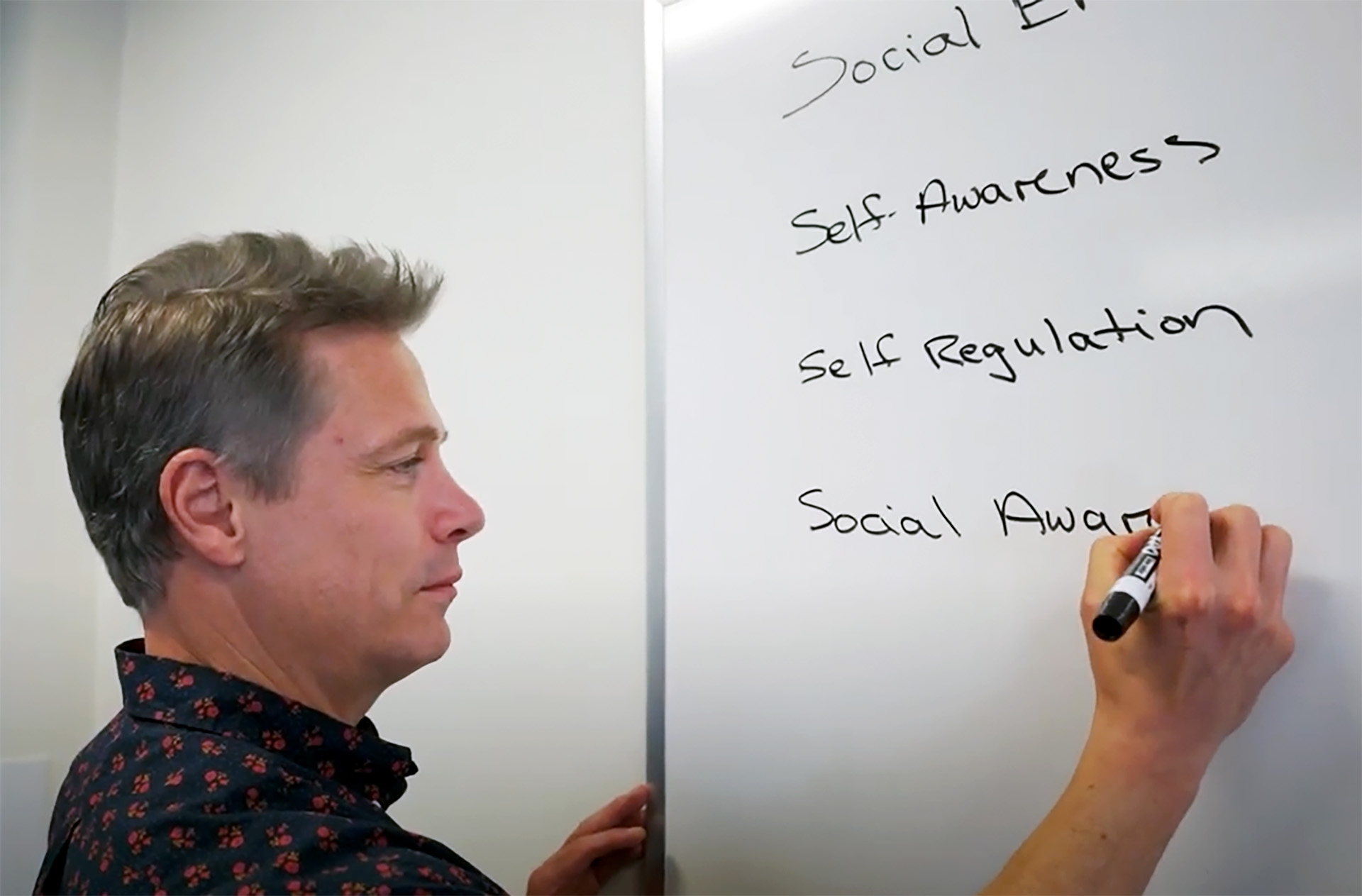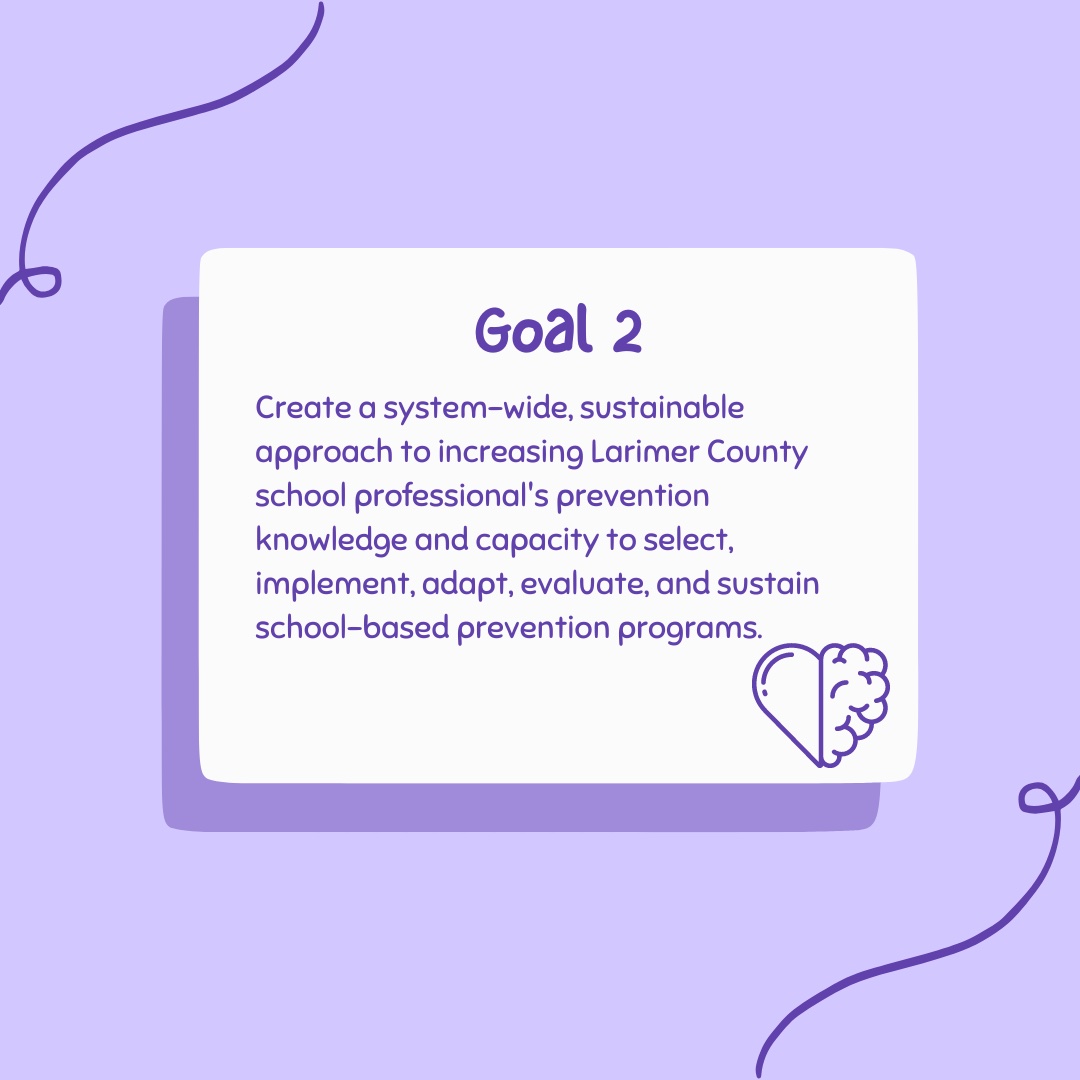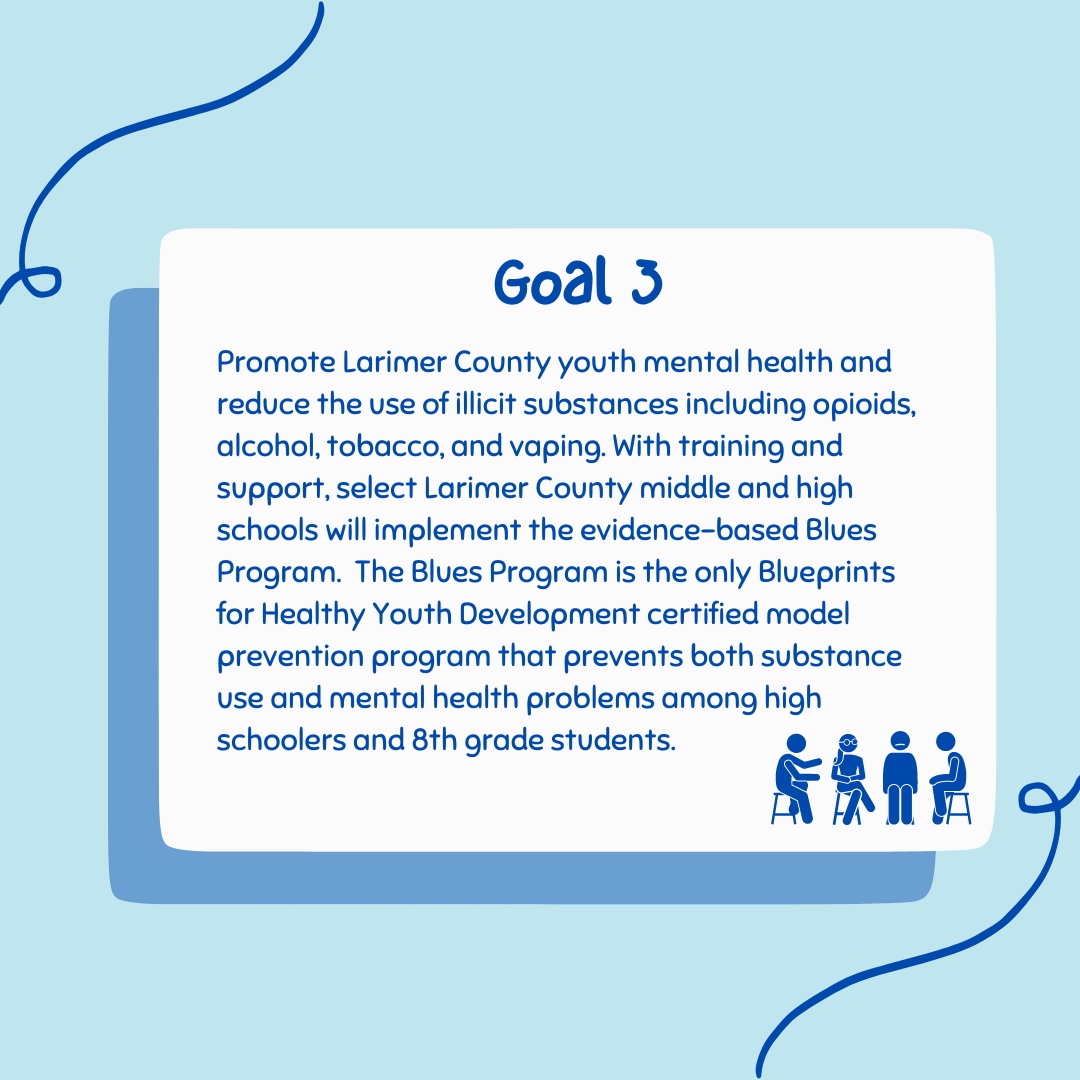Larimer County’s three school districts will use some of Colorado’s opioid settlement funds to ramp up school-based drug use prevention via a grant earned by Colorado State University’s Prevention Research Center.

Nate Riggs, executive director of the PRC, said Colorado has received the first round of funds from a $740 million settlement with the pharmaceutical industry that will be distributed over an 18-year span.
Riggs said the PRC is working with Larimer County Health and Environment to apply the first year’s installment of $400,000 to scale up critical school-based for teens in the Poudre, Thompson, and Estes Park districts. Other portions of a $2 million total will go to harm reduction, treatment, and co-responder programs, among other approaches.
“Often, teachers are putting much of their time into the emotional, mental, and behavioral difficulties of their students without having been trained in evidence-based approaches to doing so,” Riggs said. “We need to work with them to feel more comfortable in addressing those difficulties and give them the tools that are research-based.”
Three goals
The PRC has three goals for this initial year of funding, the first of which was scanning the county for existing prevention work in Larimer County schools.
The second goal – starting in the fall – is to create a system-wide approach to providing professional development to educators for school-based prevention. That includes raising awareness as well as training related to selecting, implementing, adapting, and evaluating evidence-based programs for long-term sustainability.
The third goal is to implement the evidence-based prevention program called the Blues Program, which is shown to decrease student substance use and mental health challenges including depression. The Blues Program developers will train personnel from all three districts this fall.
“Critical mental health concerns, high rates of suicide, substance use and higher rates of drug use in the region really call for evidence-based strategies for promoting mental health and wellness. Ultimately, that’s what prevention is for,” Riggs said. “It should be part of any region’s comprehensive approach for addressing mental health.
Prevention is key
Riggs said prevention addresses individual-, family-, and community-level predictors of future opioid use. He added that by fostering youth development, supporting family resilience, and strengthening communities, prevention has been shown to reduce nicotine, alcohol, cannabis, and other drug use; decrease mental and behavioral health problems; and avert academic failure.



In the past 30 years, Riggs said, several prevention programs have shown to be effective and can be found on registries of evidence-based programs, including Blueprints for Healthy Youth Development, What Works Clearinghouse, and the Office of Juvenile Justice’s Model Programs Guide. Communities can select the programs that best fit their unique context and culture. The PRC stands ready to support Colorado communities in evaluating, implementing, and measuring the success of these evidence-based strategies.
“Prevention is not the only solution to the opioid crisis,” Riggs wrote in a recent opinion piece. “However, as the only behavioral health approach that can reduce the incidence of new opioid use disorders, it is among those that are absolutely necessary.
“By selecting prevention approaches that work and implementing them effectively, there can be no doubt that prevention will save lives in Colorado and help turn the tide of this public health emergency.”
Learn more about the Prevention Research Center in the embedded video.
The Prevention Research Center is in the Department of Human Development and Family Studies, part of the College of Health and Human Sciences.